By Patrick Murray Procter
Curatorial Assistant, Fredericton Region Museum
Percy Guthrie was born in Oromocto, New Brunswick and served at the front in the early years of the First World War, having been wounded on May 15, 1915 at the Battle of Festubert. While recovering from his wounds still in France he struck upon the idea of recruiting a kilted battalion in New Brunswick. Gaining the approval of government and Clan Maclean’s Tartan he was promised that the battalion he recruited would be able to remain together overseas as a unit. This was important because every other battalion sent overseas was being broken up for replacements in pre-existing units.
The 236th battalion otherwise known as the New Brunswick Kilties or the Maclean Kilties were thus created. They used Scottish history and tradition as a new and exciting way to recruit soldiers at a time when most other methods had been exhausted in 1916-17. At the start of their recruiting campaign they lit a bonfire on a hill within sight of each county seat in New Brunswick, invoking the bonfire at Craig-Gowan Height, a fire Queen Victoria ordered lit after the victory at Sebastopol during the Crimean War. The people who gathered would hear Scottish Poetry and a Piper would play in the distance. Then a soldier wounded at the front would speak to the crowd, recruiting.
The battalion began in Fredericton but ventured far and wide recruiting, even to Boston where they were the first British soldiers to speak there since the battle of Bunker Hill. After that they returned to Fredericton, where they did a lot of repair work on Old Government House, which bears a plaque celebrating them. They transferred to Camp Valcartier in preparation to go overseas and were reviewed by the Lieutenant Governor of Quebec in Quebec City on Dominion Day (Canada Day) 1917. While in Quebec City they also performed Garrison duty during the Conscription Crisis.
Upon heading overseas they camped at Seaford in England and there received the news that the battalion was going to be broken up for reinforcements despite previous promises. A collection of items, and especially the photo album of the battalion highlighted here, were recently donated by Percy Guthrie’s descendants.
Photo Choice 1: Percy Guthrie speaking to a crowd in Boston at the Bunker Hill Memorial in a recruitment drive
Photo Choice 2: Officer’s Square and Officer’s Barracks with the front white washed.
Photo Choice 3: Guard Barracks from Carleton Street with a few soldier’s visible on the balcony.
Photo Choice 4: about to start a bonfire to begin recruiting campaign by invoking the bonfire of Craig-Gowan.
Photo Choice 5: Soldier’s standing at attention near the Normal school, children looking on from the window’s.
Photo Choice 6: 236th Battalion recruitment poster
Photo Choice 7: Soldier’s being reviewed at the Voltigeurs de Quebec Armoury Dominion Day 1917
Photo Choice 8: Bayonet Drill, paced out beautifully.
Photo Choice 9: Inside the 236th’s barracks. Rifles assembled in a row.
Photo Choice 10: Long tables set up for a meal
Photo Choice 11: 236th Headquarters
Photo Choice 12: Marching past the Justice Building, Soldier’s barracks in the background
Photo Choice 13: Camp Valcartier Quebec 1917
Photo Choice 14: Percy Guthrie and family, with the children in kilts
Photo Choice 15: a Kiltie Wedding, all in Uniform
Photo Choice 16: Camp Seaford

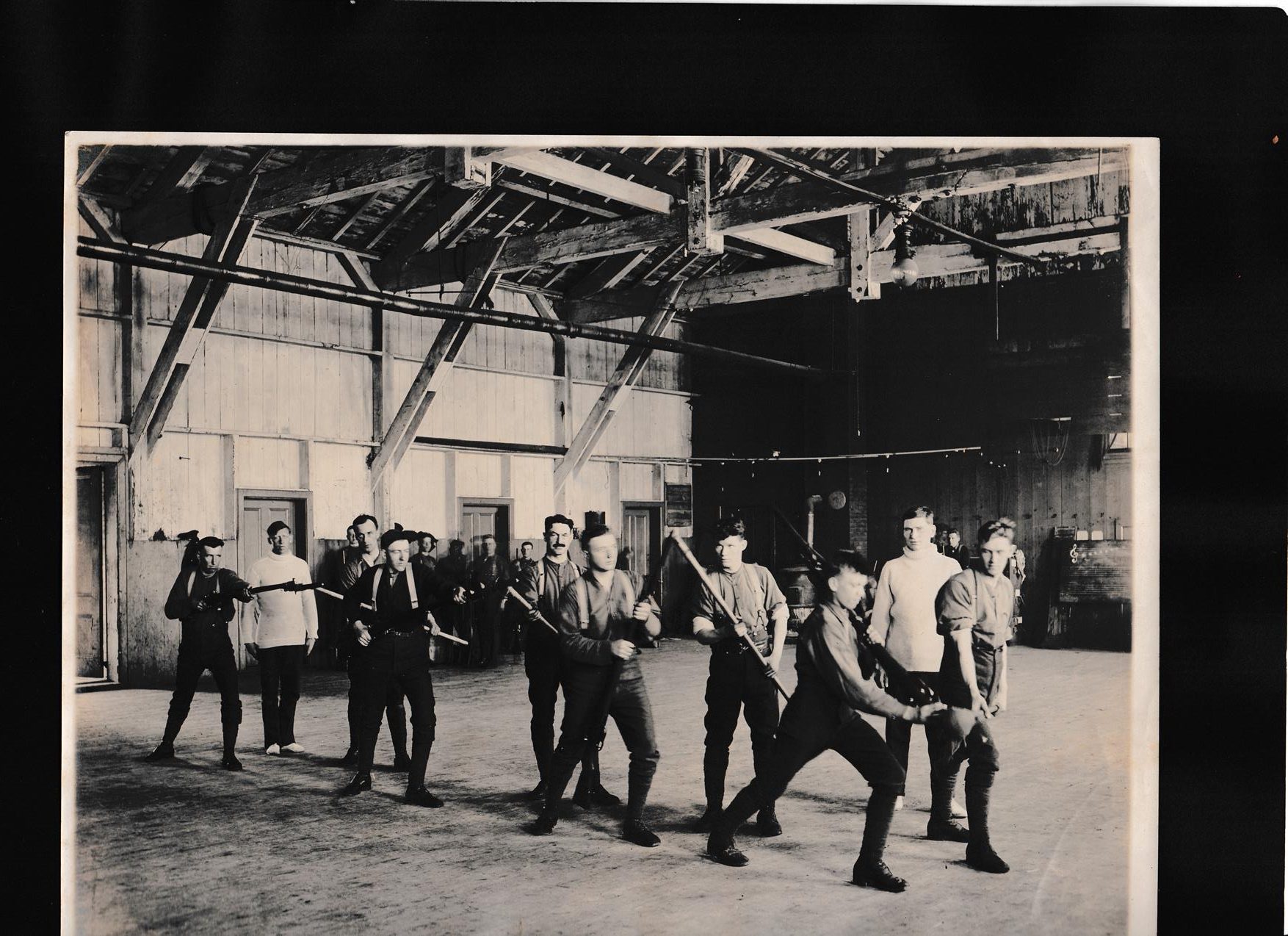
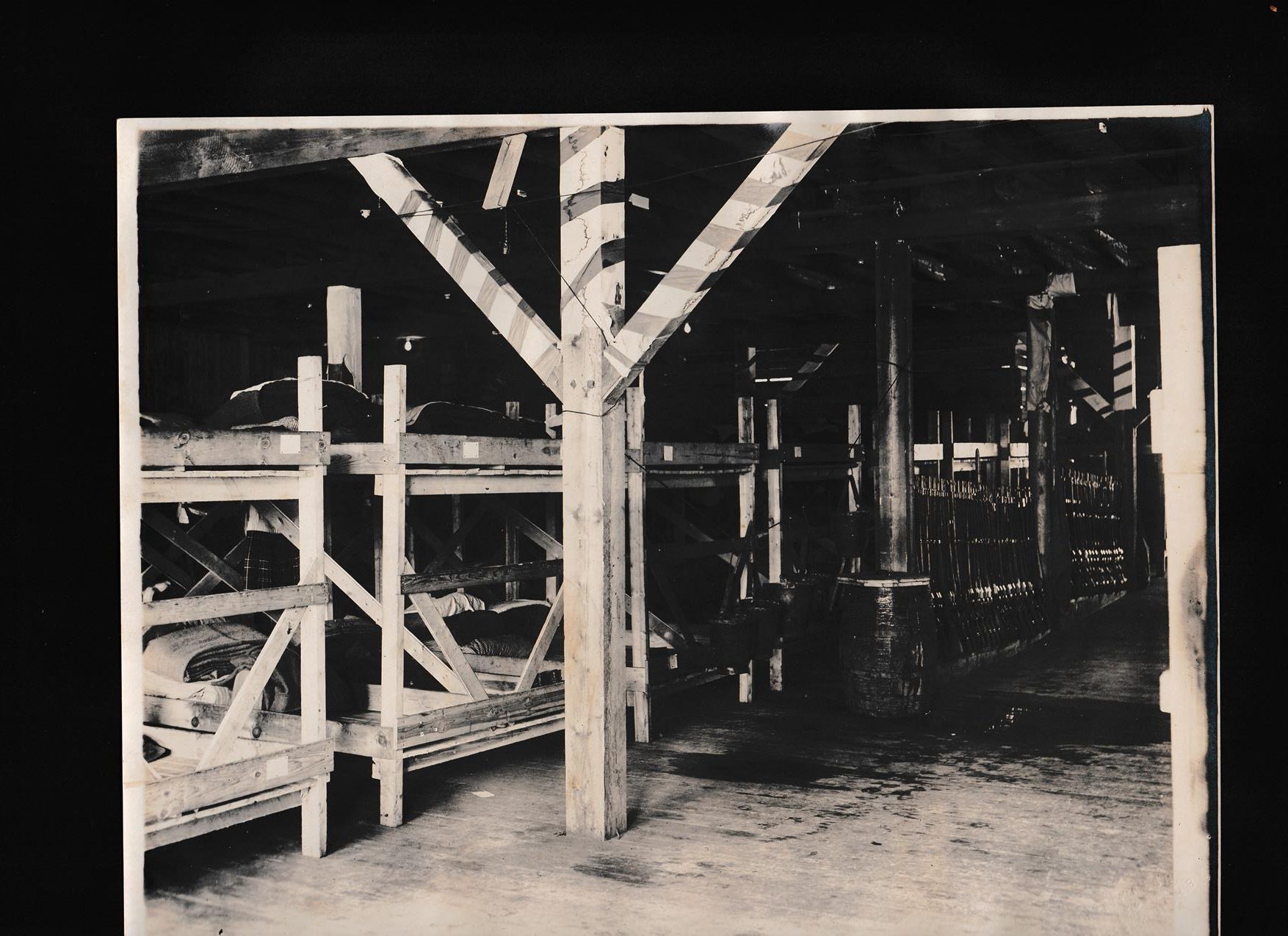
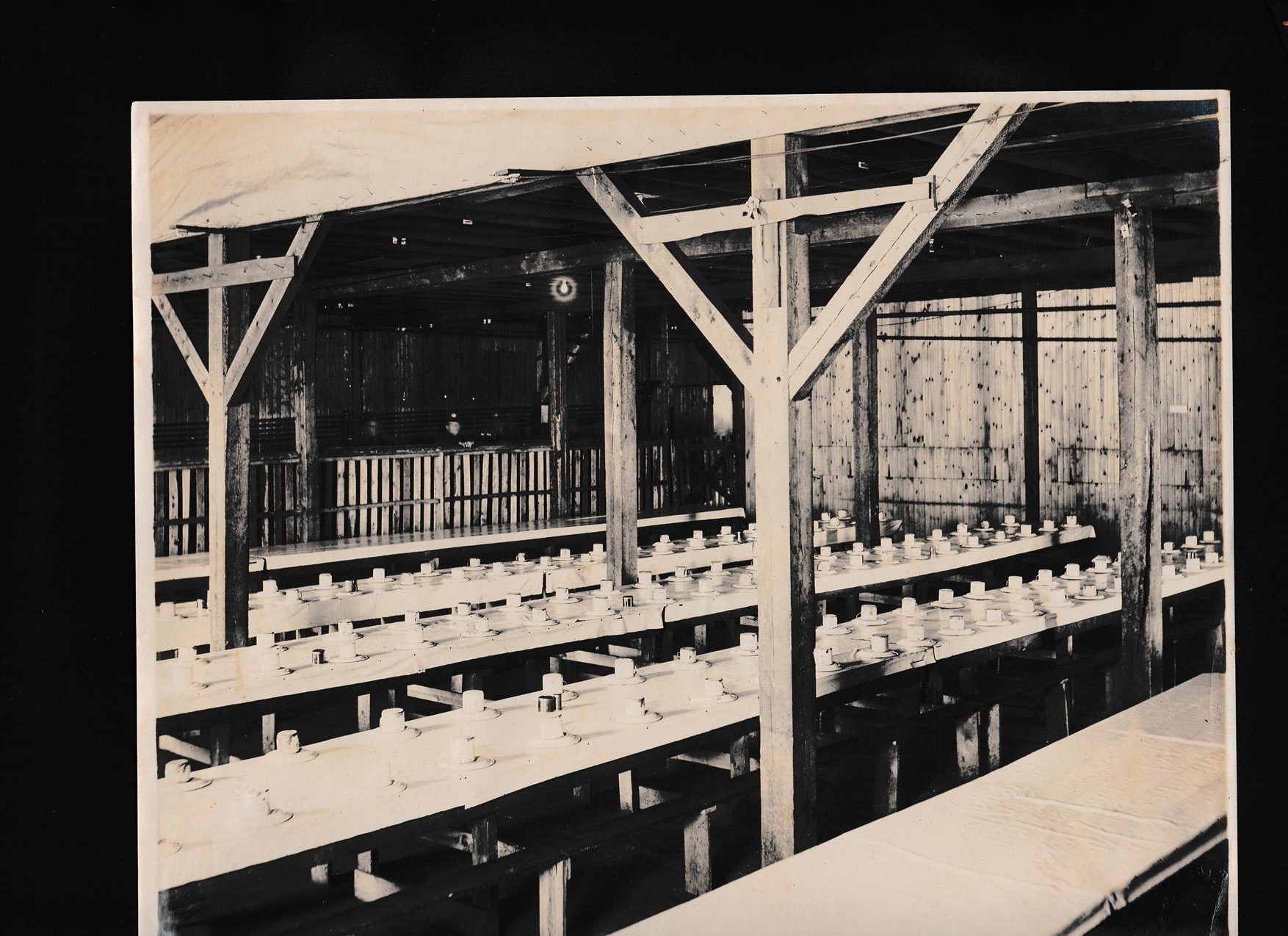
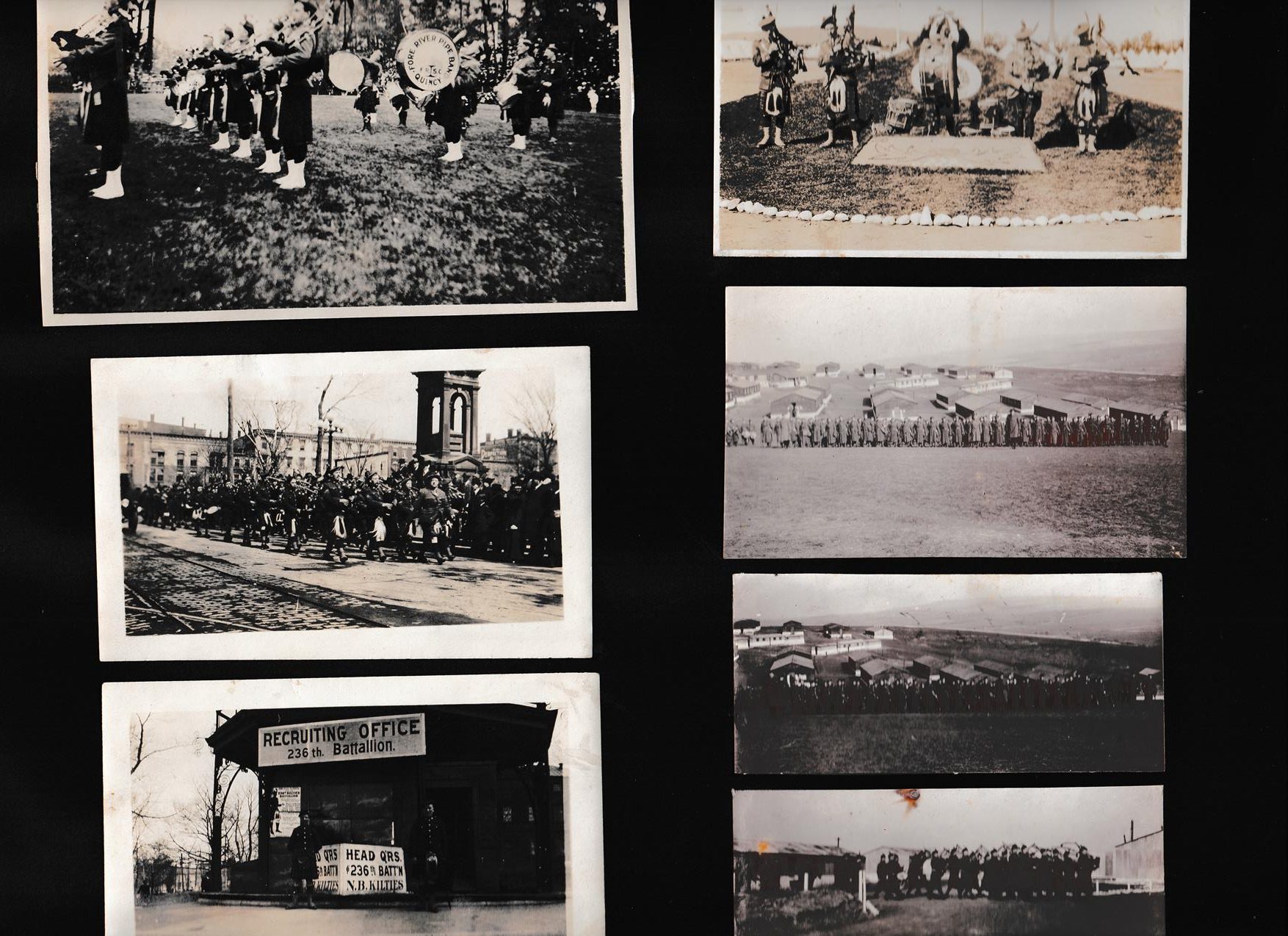
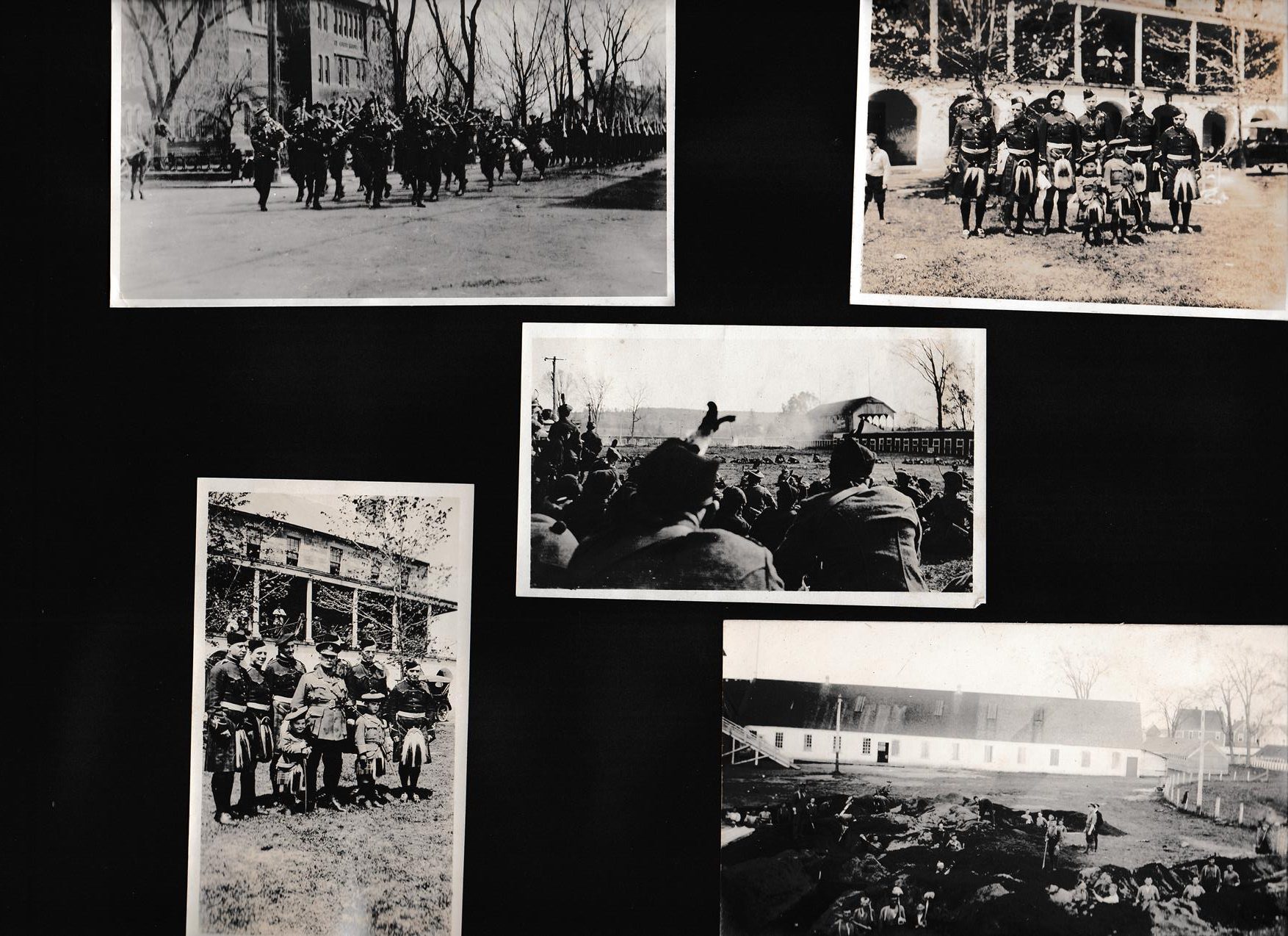
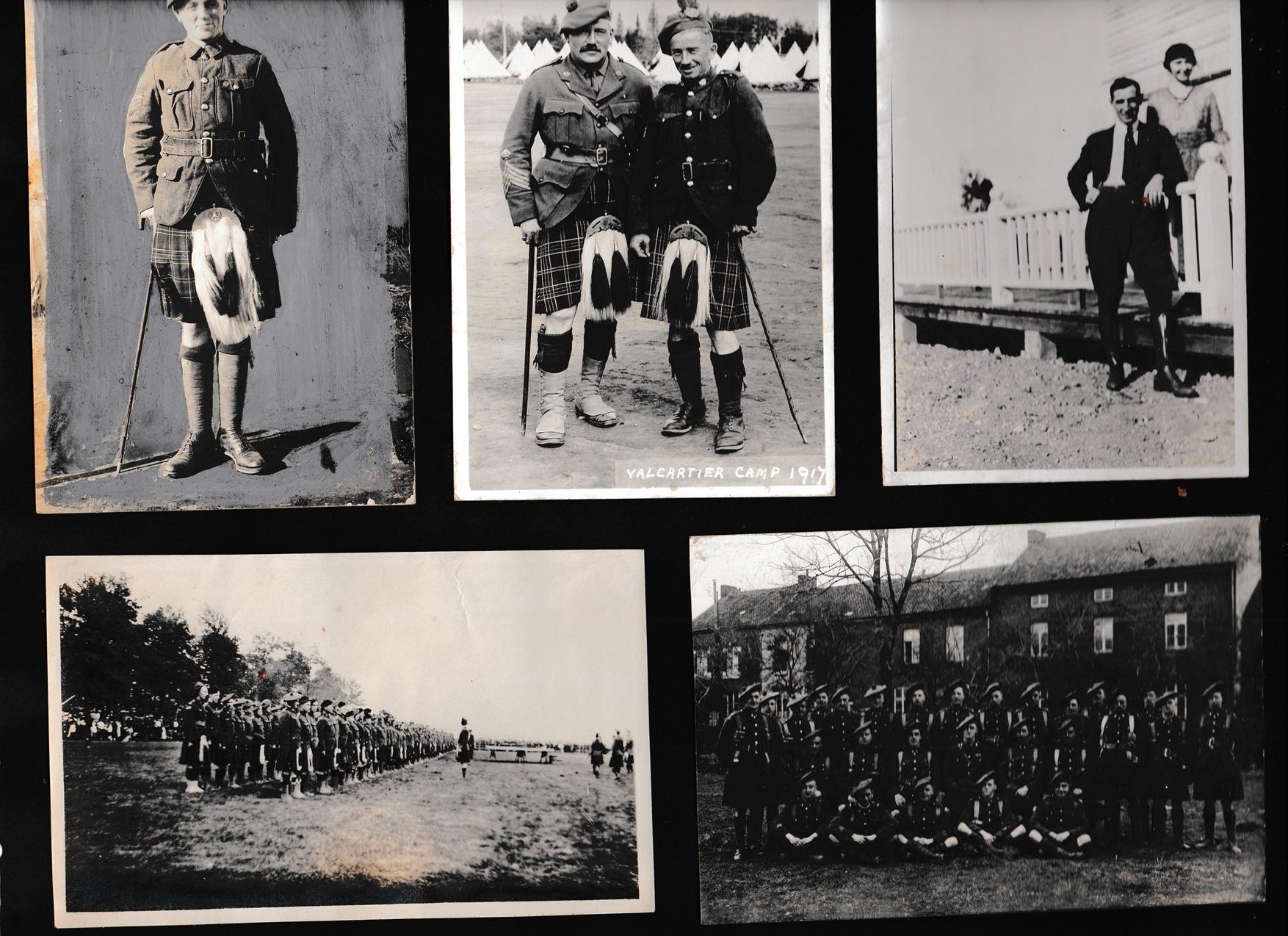
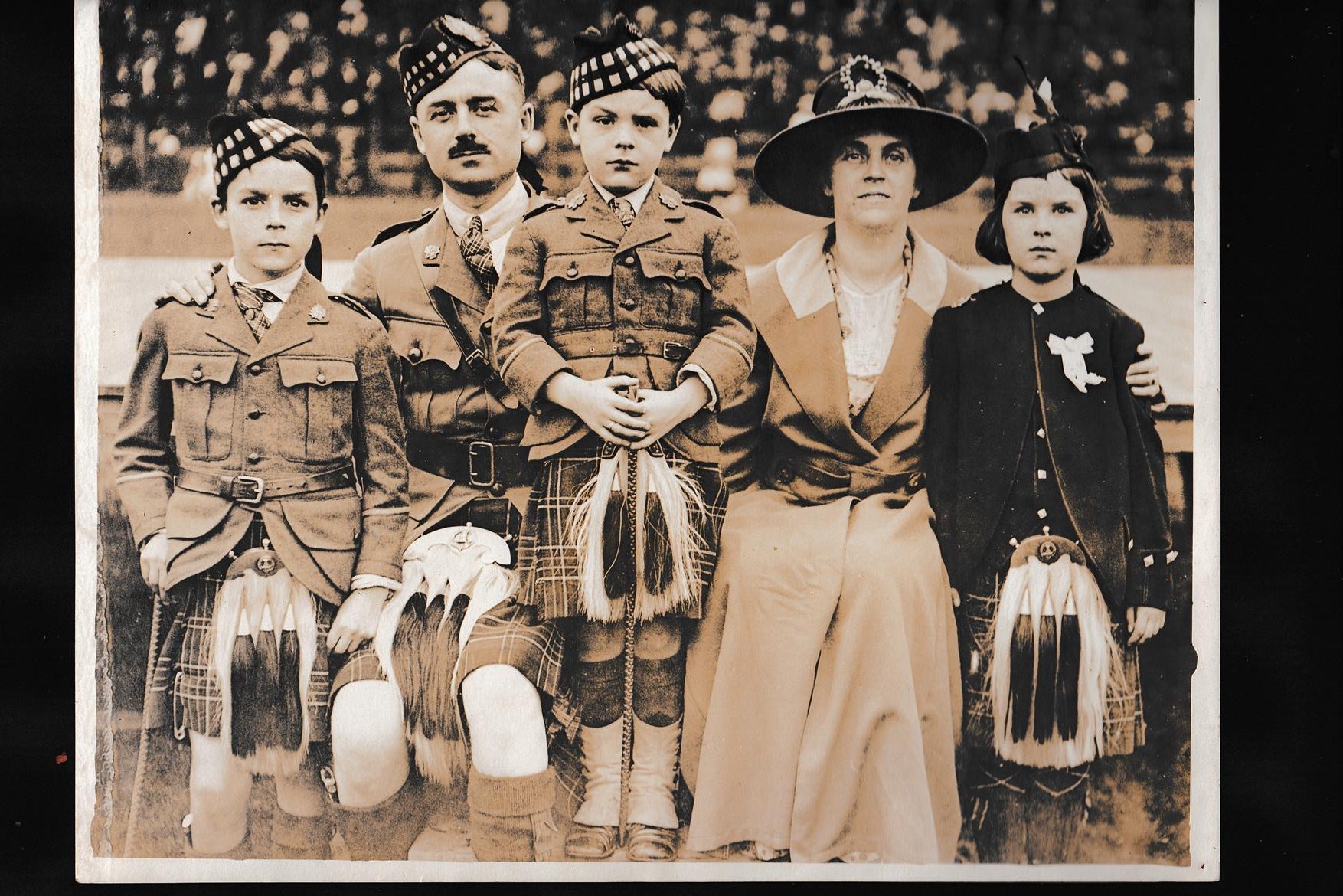
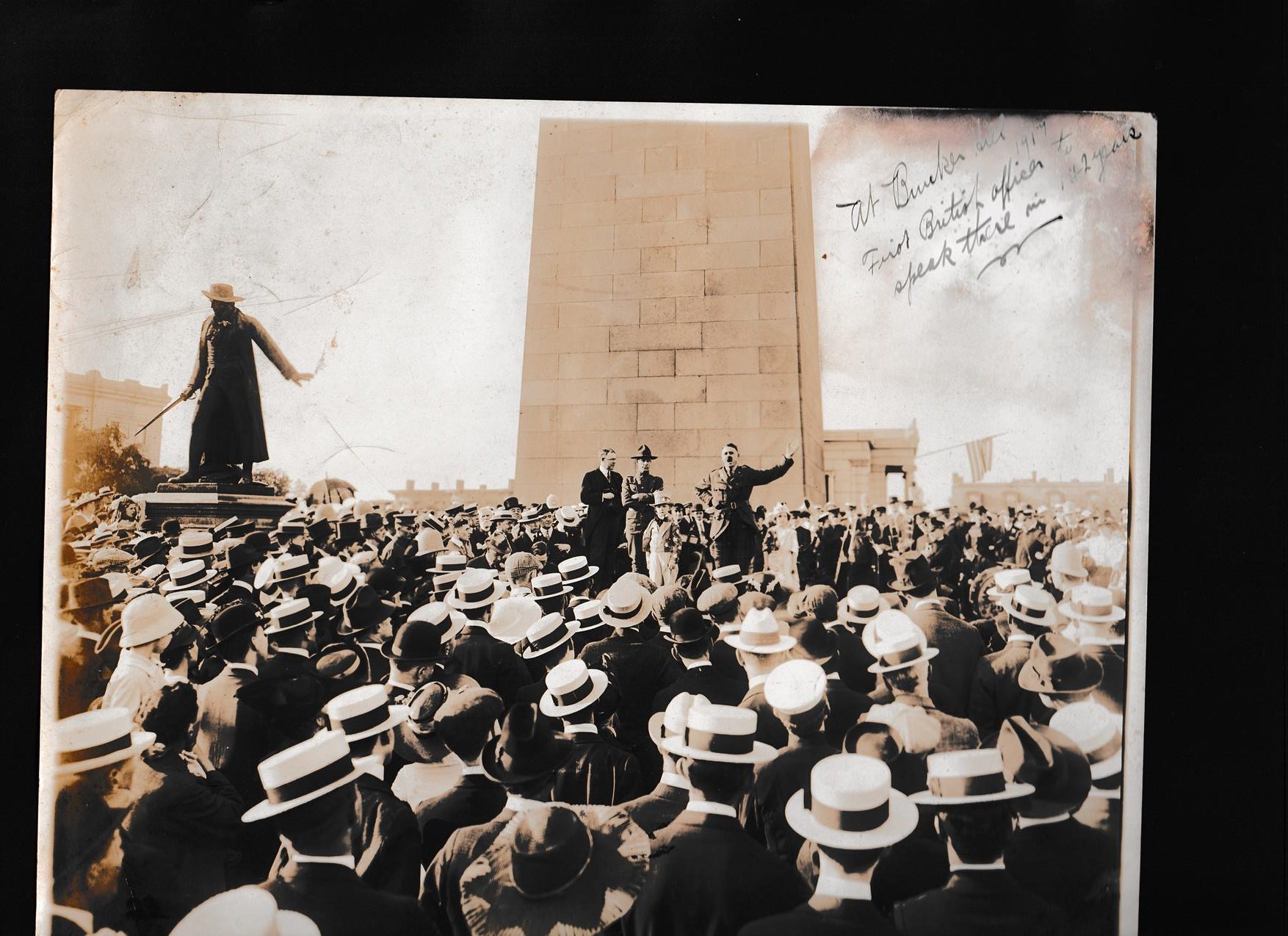
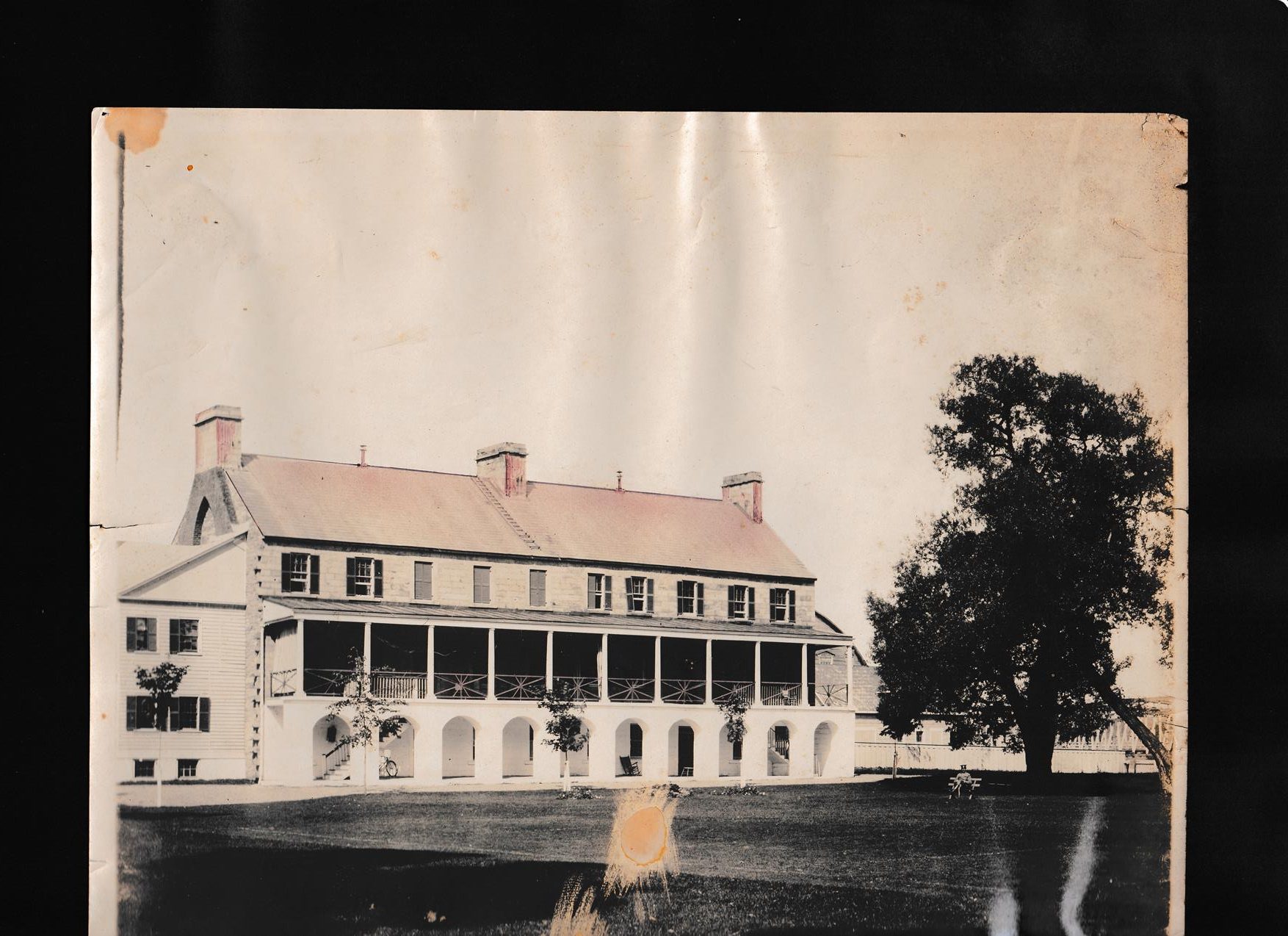
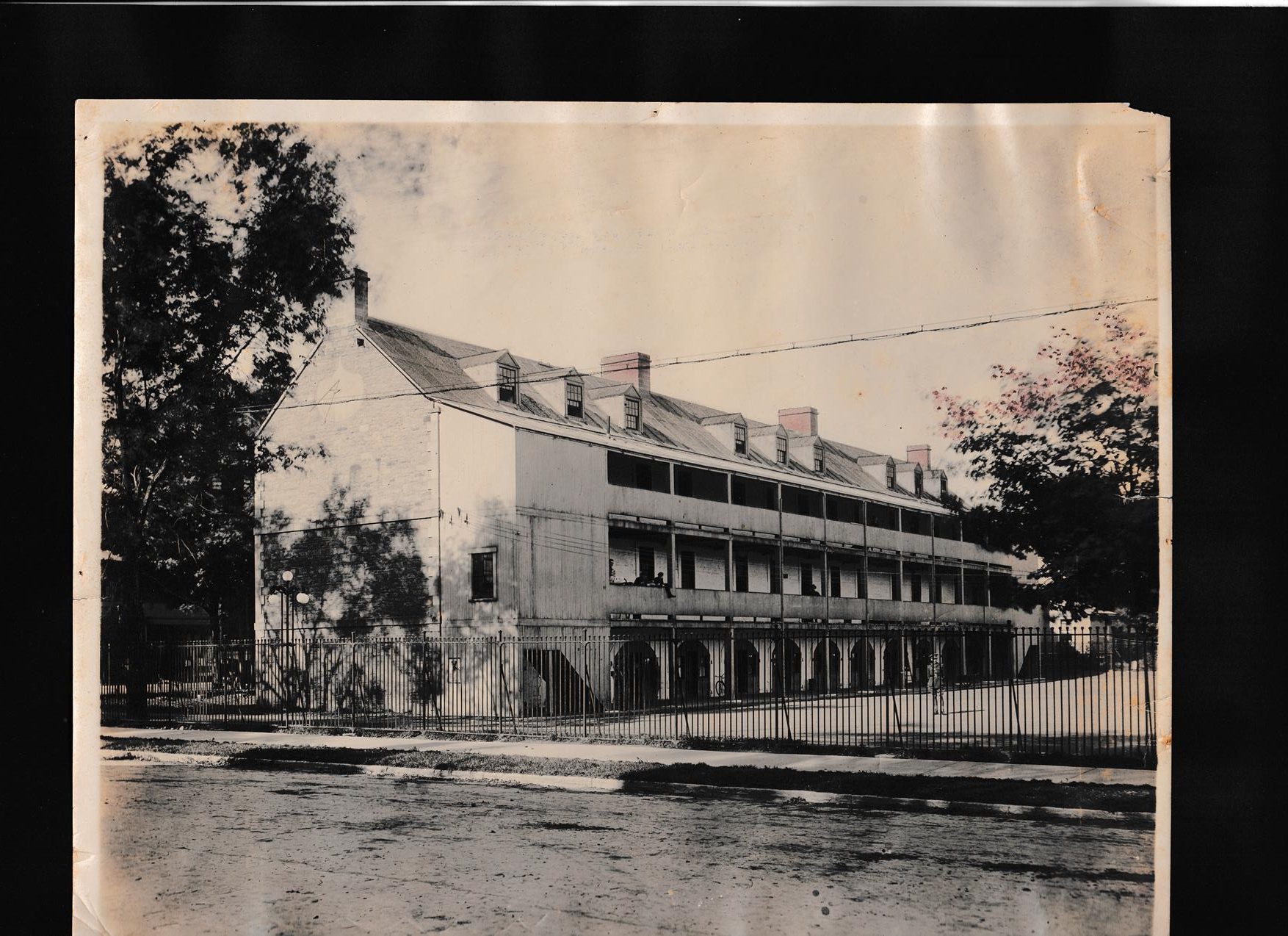
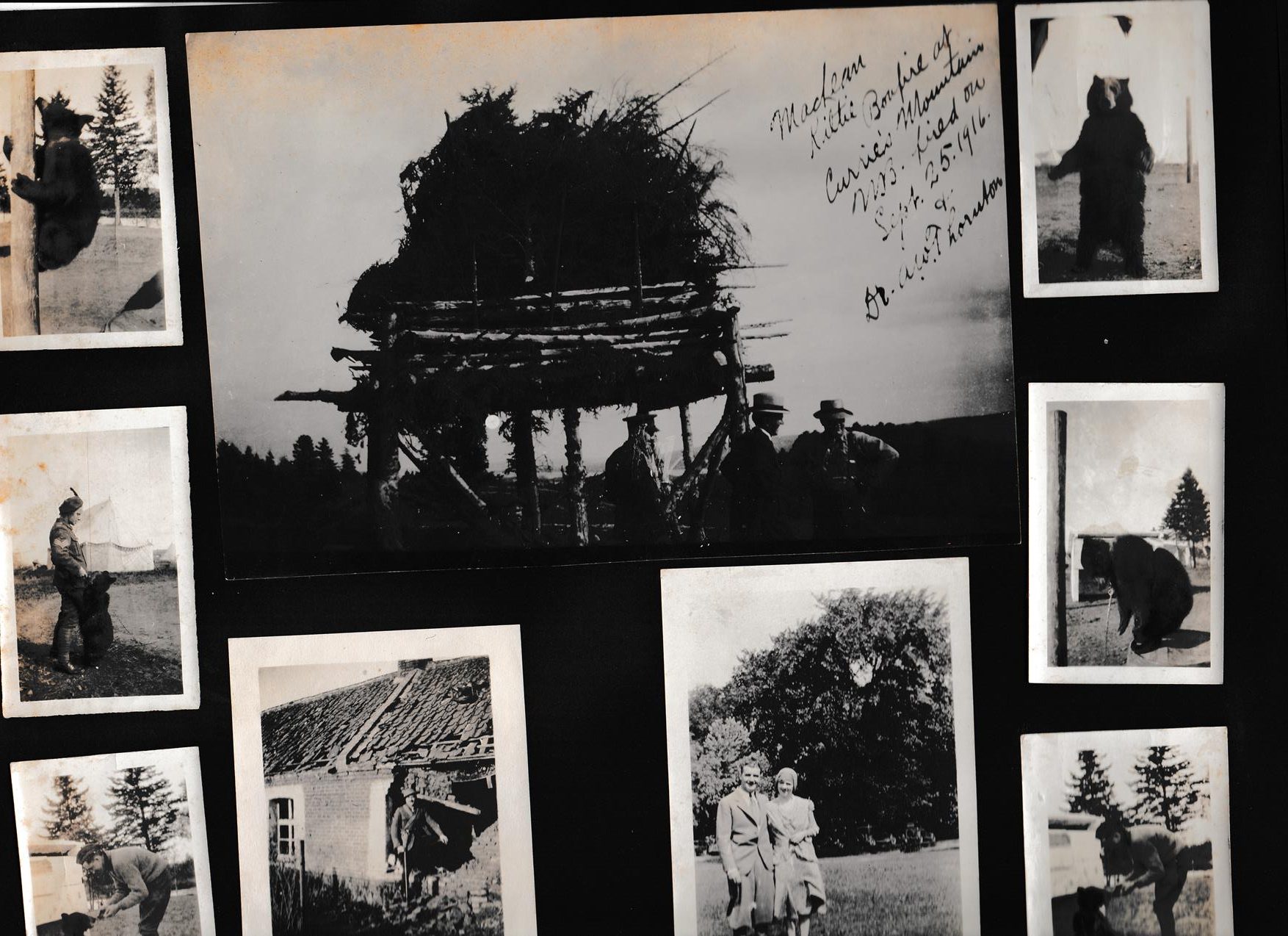
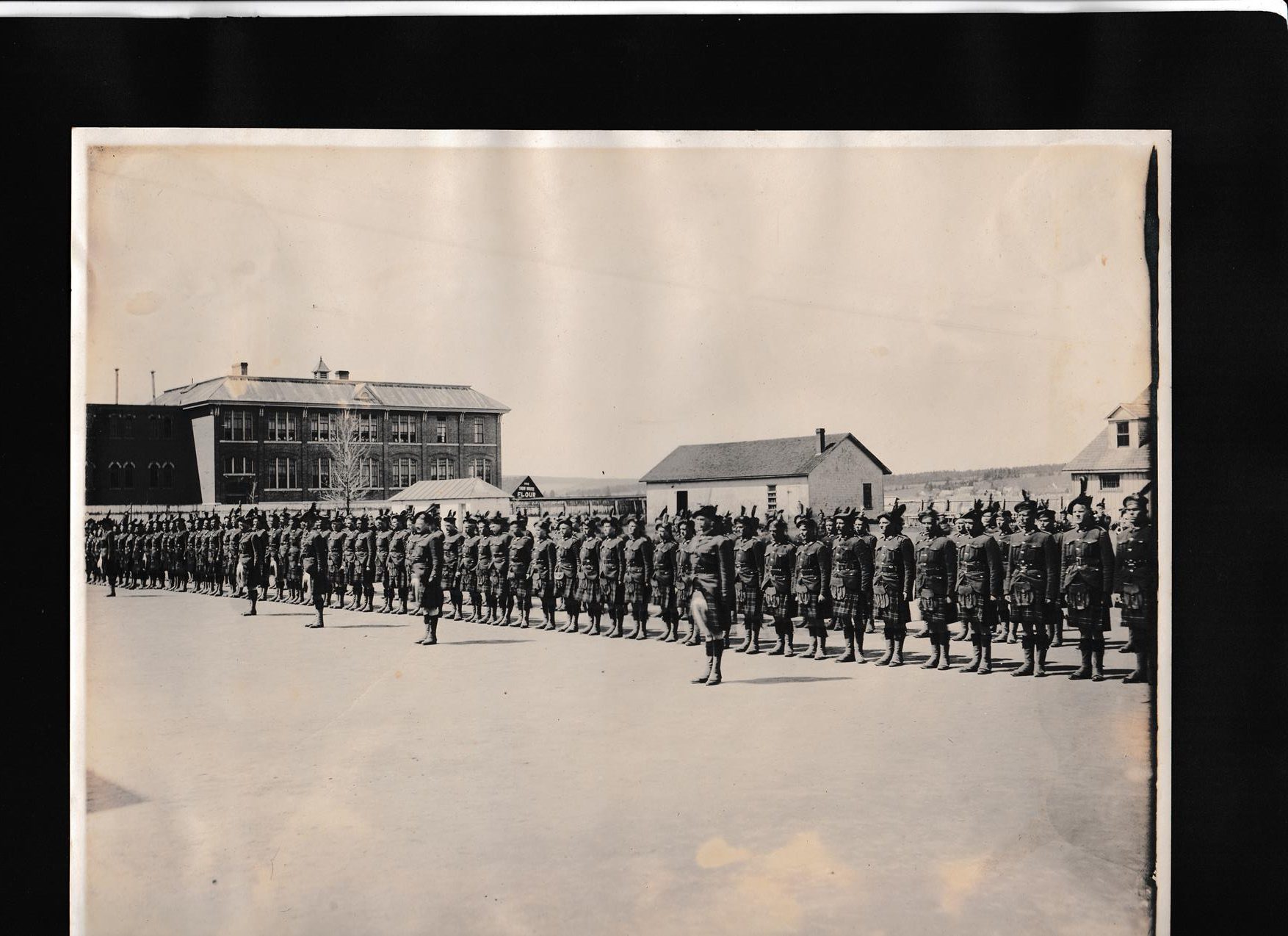
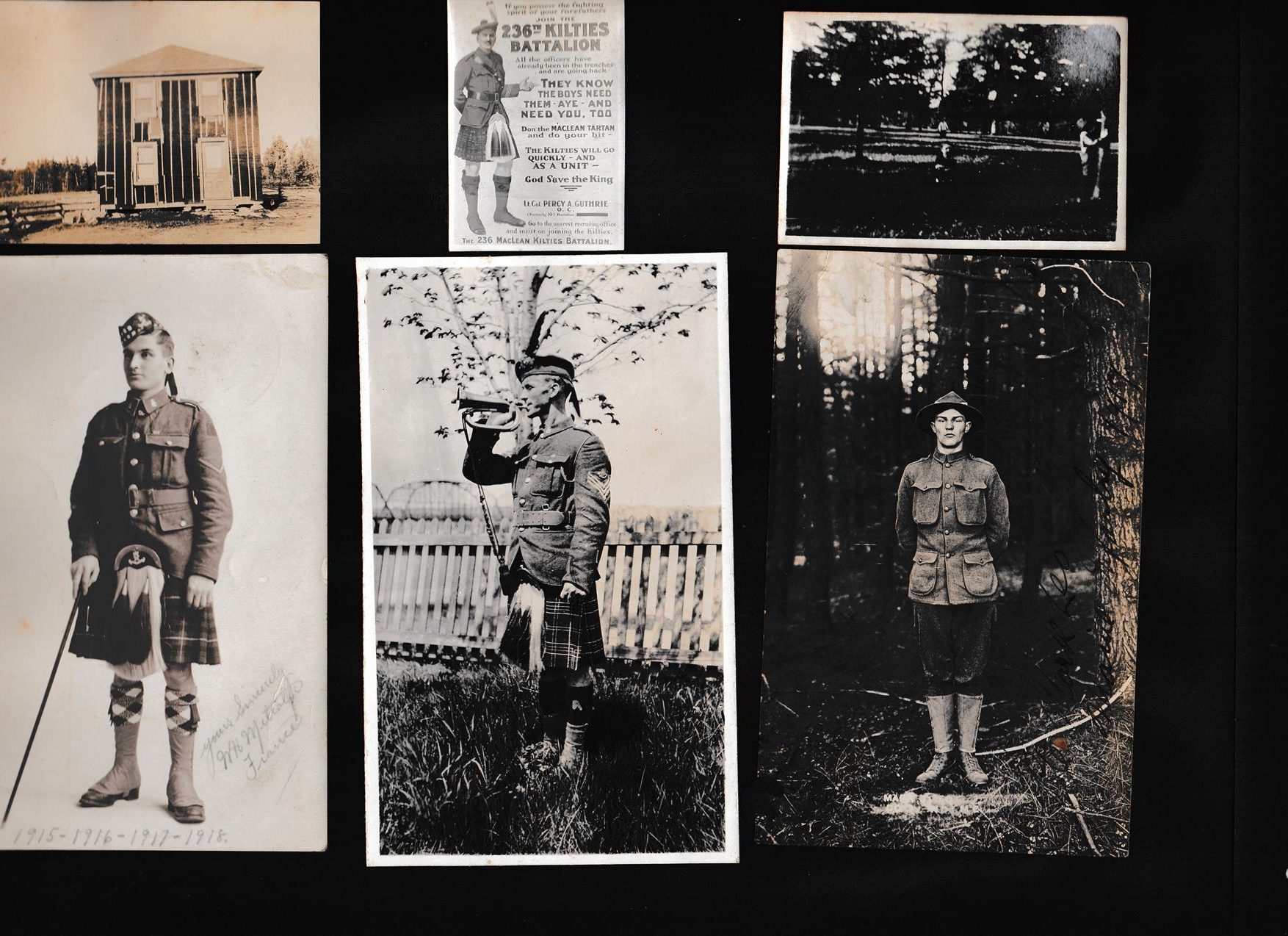
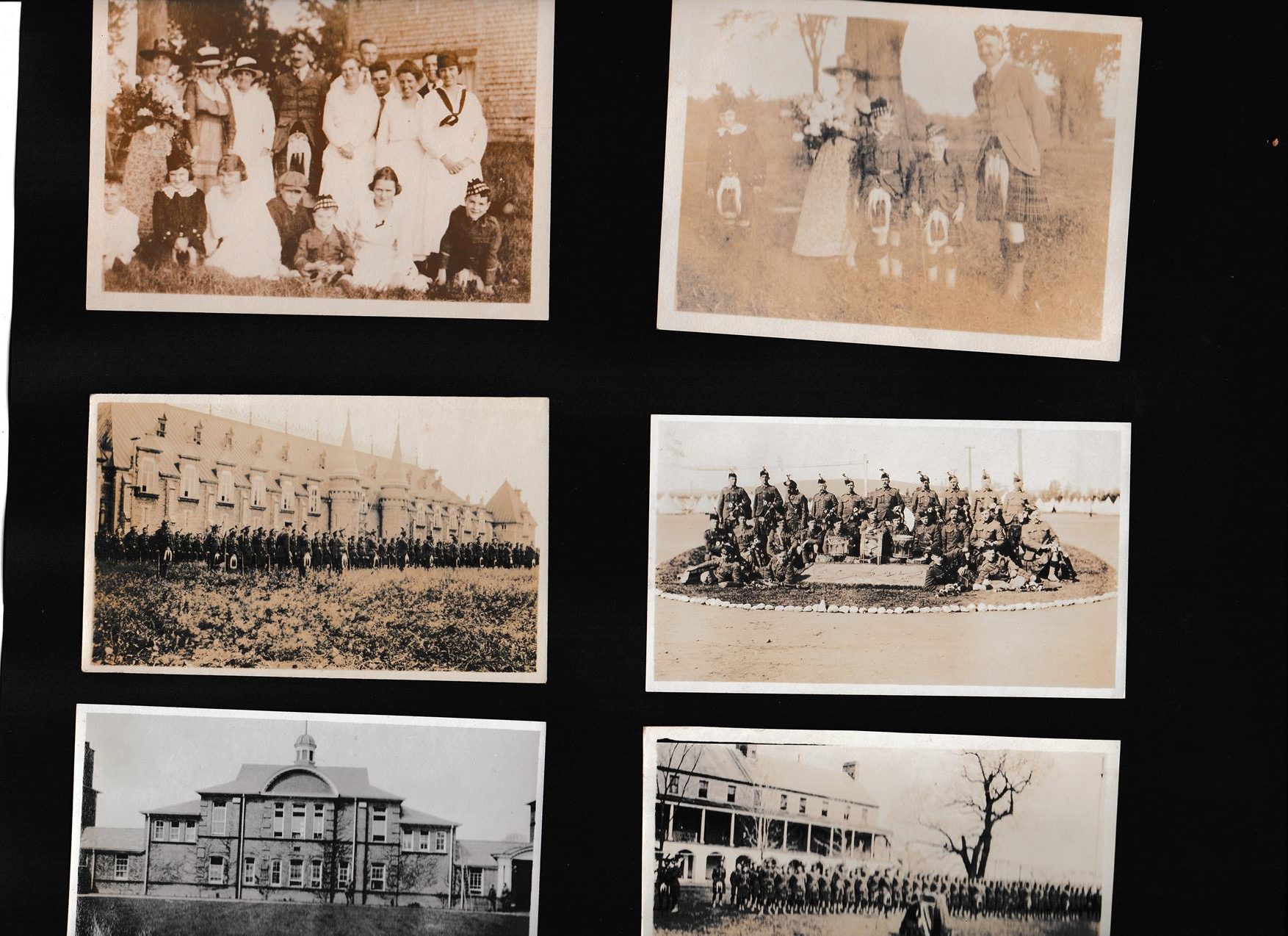
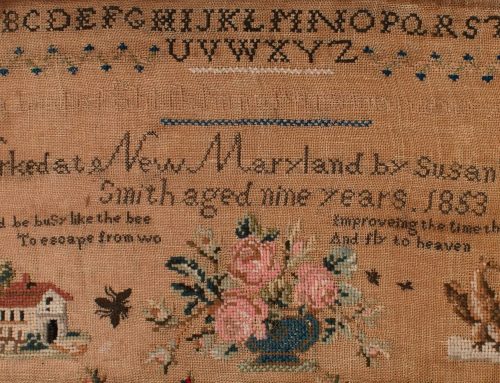
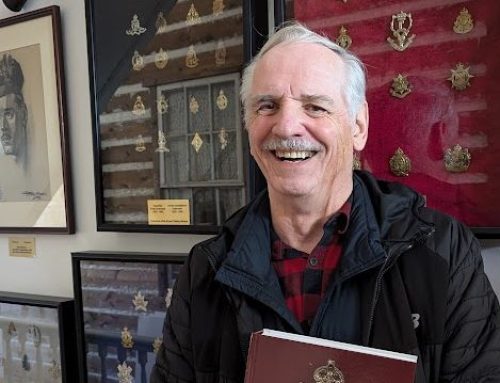
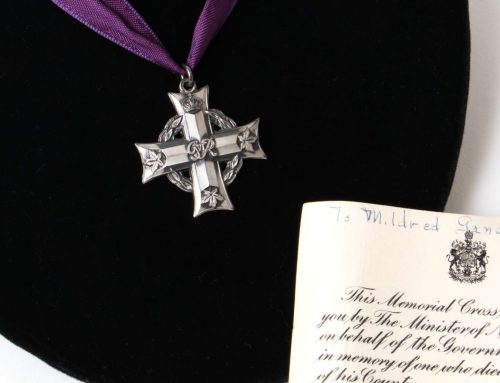
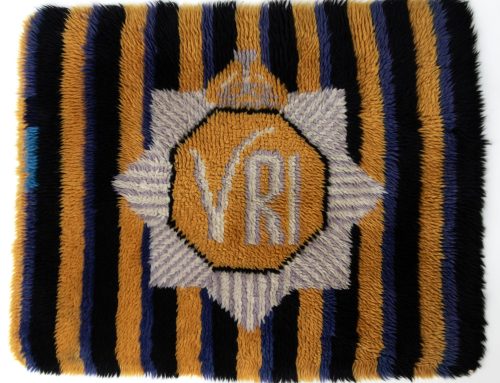
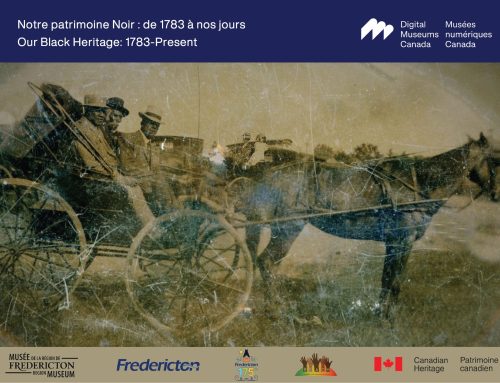
Thank you so much for sharing this photo collection. My grandfather and his brother, Canadians living in Quincy Massachusetts answered Percy Guthrie’s call in the summer of 1917 and joined the 236th CEF. They went to England with the 236th and then were transferred to the 72nd CEF when the unit was broken up for replacements. In one of the featured photographs, you can see written on the drum of a pipe band, “Fore River Pipe Band – Quincy”. It is very meaningful to mean to see these pictures from such an important time in my late grandfather’s life. After the war, Percy Guthrie returned to Massachusetts and lived nearby for a number of years.
Such a nice collection of Percy Guthrie photographs and his struggle to build up the Maclean Kilties.